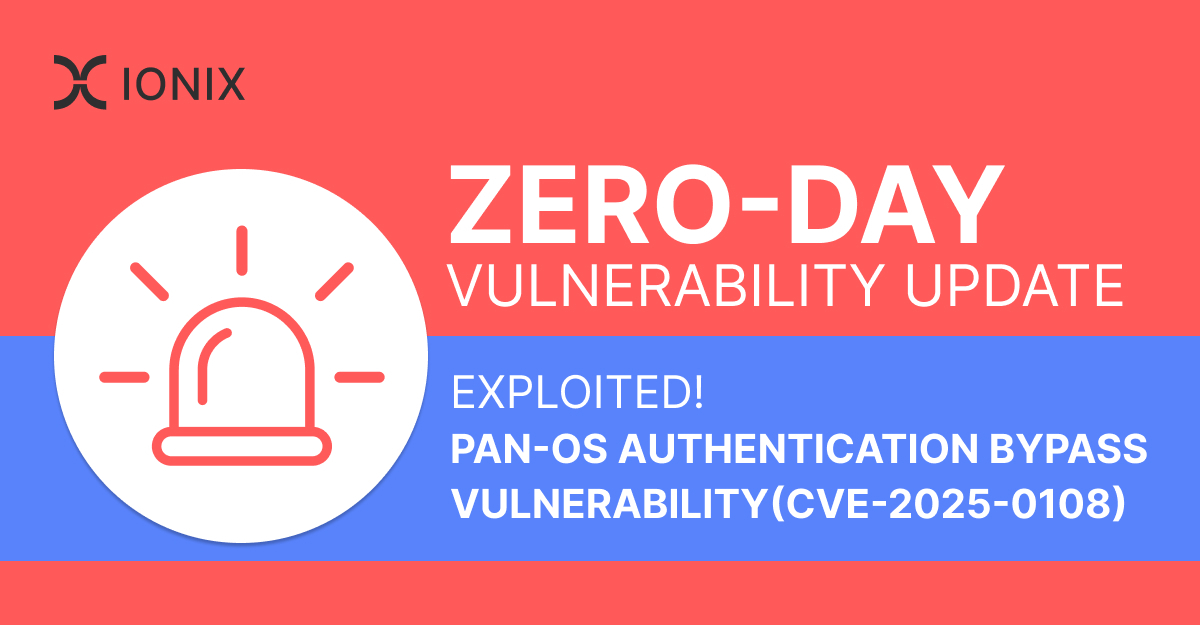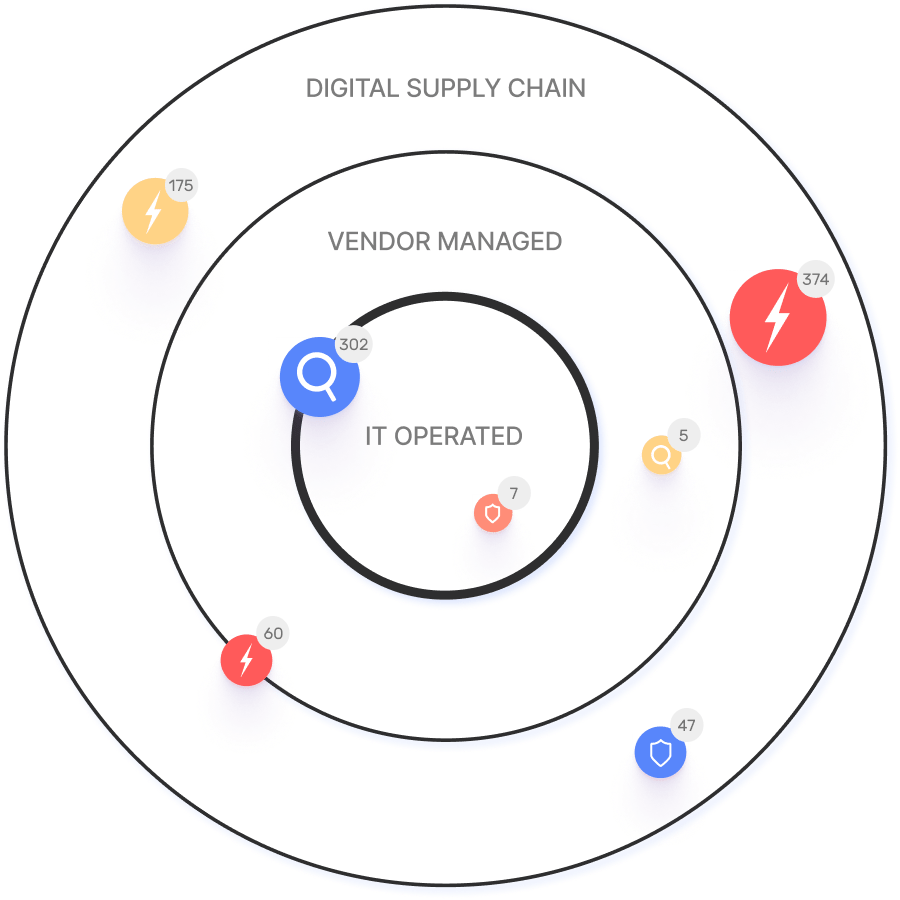Exploited! PAN‑OS Authentication Bypass Vulnerability (CVE‑2025‑0108)

In this article
What is CVE‑2025‑0108 PAN‑OS Authentication Bypass Vulnerability?
Recently, Palo Alto Networks disclosed CVE‑2025‑0108—a high-severity authentication bypass in the PAN‑OS management web interface. Although the flaw does not enable remote code execution, it compromises the confidentiality and integrity of management functions. In this post, we’ll break down the technical details, discuss the exploitation methodology, illustrate configuration and code examples, and outline effective mitigation strategies.
Impact and Risks
Even without remote code execution, CVE‑2025‑0108 poses significant risks:
- Confidentiality Exposure: Bypassing authentication can lead to unauthorized access to sensitive configuration data and system settings.
- Integrity Concerns: Unauthorized script invocation may allow attackers to modify firewall settings, potentially creating gaps in network security.
- Operational Disruption: Altered configurations or unapproved access can lead to system instability or service disruptions, impacting business operations.
These risks are exacerbated in environments where the management interface is accessible from untrusted networks or the internet. The ability for an attacker to bypass key authentication mechanisms demands immediate attention and remediation.
Exploiting the Vulnerability
The root cause of CVE‑2025‑0108 lies in the inconsistent handling of web requests by components of the PAN‑OS management interface—including Nginx, Apache, and the embedded PHP application. An attacker can craft specially designed HTTP requests that effectively bypass the authentication mechanism. Once authenticated (by bypassing it), the attacker can trigger PHP scripts intended only for authorized use.
The exploit involves three key steps:
- Network Access: The attacker must have network-level access to the PAN‑OS management interface, often available when the interface is exposed externally.
- Crafting Malicious Requests: Using tools like cURL or custom scripts, the attacker sends requests that omit proper authentication tokens.
- PHP Script Invocation: With the authentication barrier bypassed, the attacker invokes sensitive PHP scripts to extract configuration data or alter firewall settings.
Demonstrative Exploit Example
Below is a simplified example using cURL (for educational purposes only):
curl -k -X GET --path-as-is -H 'Connection: close' 'https://vulnerable-device/unauth/%252e%252e/php/ztp_gate.php/PAN_help/x.css'This script illustrates the basic concept—sending a GET request to invoke a PHP script without proper authentication. In real-world scenarios, the exploitation may be more nuanced due to variations in how different PAN‑OS components process requests.
Mitigation and Remediation
Upgrade Your PAN‑OS
The most effective remediation step is to upgrade your PAN‑OS software to a secure version:
- PAN‑OS 11.2.4‑h4 or later
- PAN‑OS 11.1.6‑h1 or later
- PAN‑OS 10.2.13‑h3 or later
- PAN‑OS 10.1.14‑h9 or later
Regular patching and update management are critical to protecting against such vulnerabilities.
Restrict Access to Management Interfaces
Limiting access to trusted networks drastically reduces the exposure risk. For example, configuring your PAN‑OS to allow management connections only from an internal IP range is a highly recommended practice.
Here’s a sample configuration snippet:
shell
configure
# Restrict management interface to internal network (e.g., 192.168.1.0/24)
set deviceconfig system permitted-ip 192.168.1.0/24
commitThis setting ensures that only devices within the trusted subnet can access the management interface, minimizing the risk posed by external attackers.
Use a Hardened Jump Box
When remote management is necessary, consider deploying a jump box—a dedicated, hardened system that serves as the sole point of access for management traffic. This intermediary layer helps isolate the management interface from the open internet and provides an additional checkpoint for monitoring and access control.
Enhance Monitoring and Logging
Effective monitoring is key to detecting unauthorized access attempts. Integrate your firewall logs with a SIEM solution to monitor anomalies in management access. For example, a log parser configuration might look like this:
json
{
"log_source": "pan-os",
"filter": {
"event_type": "management_access",
"source_ip": "not in 192.168.1.0/24"
},
"alert": {
"threshold": 5,
"timeframe": "10m"
}
}Such configurations help security teams to quickly detect and respond to suspicious access patterns, further mitigating potential exploitation.
Am I Impacted by CVE-2024- CVE‑2025‑0108?
IONIX is actively tracking this vulnerability. Our security research team has developed a full exploit simulation model based on known exploits. This allows us to assess which customers have impacted assets. IONIX customers can view updated information on their specific assets in the threat center of the IONIX portal.
IONIX customers will see updated information on their specific assets in the threat center of the IONIX portal.
References
- Palo Alto Networks Security Advisory – CVE‑2025‑0108
- Help Net Security – PAN‑OS Authentication Bypass Hole Plugged, PoC is Public
- National Vulnerability Database – CVE‑2025‑0108 Detail
- Tenable – CVE‑2025‑0108 Plugins
- Ionix Blog Reference – Exploited Kerio Controls HTTP Response Splitting Vulnerability (CVE‑2024‑52875)






